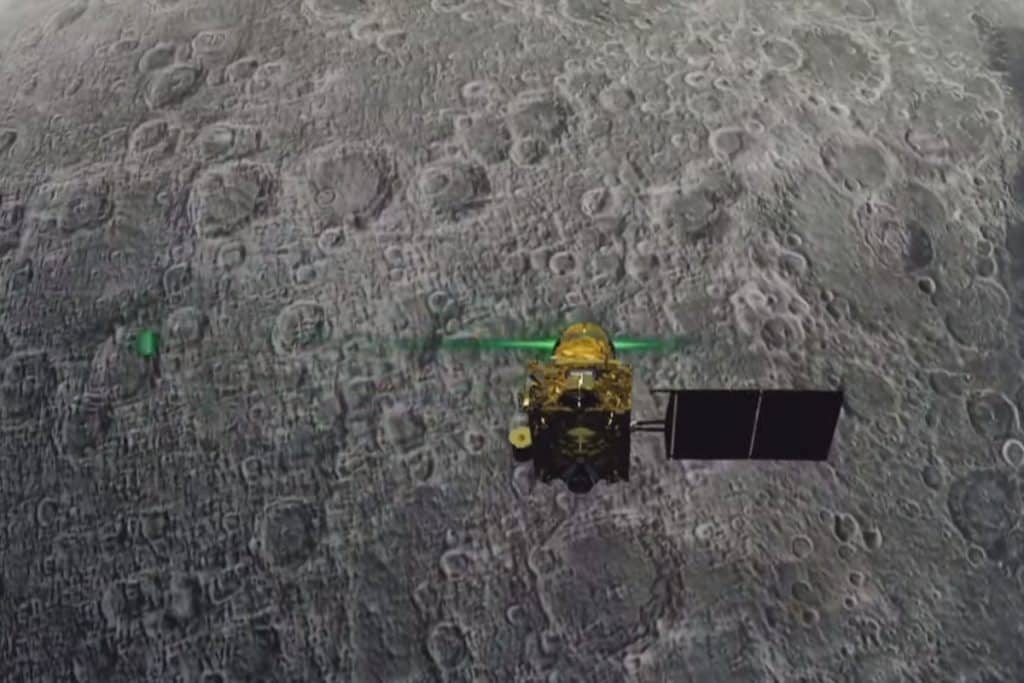Top Chinese Scientist Claims India’s Chandrayaan-3 Did Not Land in Moon’s South Pole: Report

Chandrayaan-3’s rover landed at a latitude of around 69 degrees south, which is within the moon’s southern hemisphere but not the polar region.
One of China’s top scientists, the “founding father” of the country’s lunar exploration programme, has reportedly disputed India’s claim that its Moon mission Chandrayaan-3 rover landed near the Moon’s South Pole during a historic mission in August.
Ouyang Ziyuan, who was the chief scientist on China’s first lunar mission, said it was inaccurate to say the Indian spacecraft had landed near the lunar south pole.
“The landing site of the Chandrayaan-3 was not at the moon’s south pole, not in the polar region of the moon’s south pole, nor was it ‘near the Antarctic polar region’,” Ouyang told Science Times newspaper.
Chandrayaan-3’s rover landed at a latitude of around 69 degrees south. Ouyang told the publication it was within the moon’s southern hemisphere but not the polar region, which he considered to be “between the latitudes of 88.5 and 90 degrees”.

The southern pole is defined to be between 66.5 and 90 degrees south, as the Earth’s axis is tilted at around 23.5 degrees.
Ouyang, however, argued that since the Moon’s tilt was only 1.5 degrees, the polar region was much smaller.
The report in South China Morning Post also quoted Richard de Grijs, a professor at Macquarie University’s School of Mathematical and Physical Sciences in Sydney, who said that Chandrayaan-3 had landed in a region outside the lunar south pole.
“While the probe’s landing site is frequently referred to as the ‘polar region’ in news media and other publications, the location of Chandrayaan-3 is not within the lunar Antarctic Circle, defined as the lunar geographic region further south than 80 degrees south,” SCMP quoted the professor as saying.
According to NASA, Moon’s “entire” polar region extends from 80 to 90 degrees south, and hence Chandrayaan-3 landed outside the polar region but at a higher latitude than achieved by other Moon missions.
Interestingly, NASA chief Bill Nelson, after Chandrayaan-3’s successful landing, congratulated the Indian Space Research Organisation (ISRO) on their successful “lunar south pole landing.”




